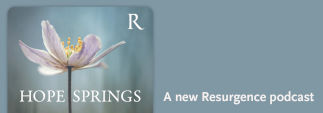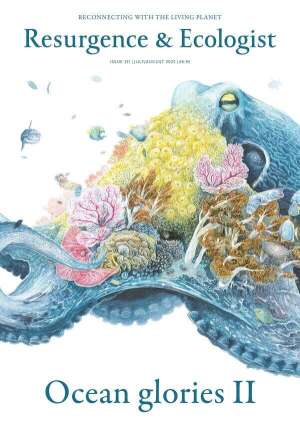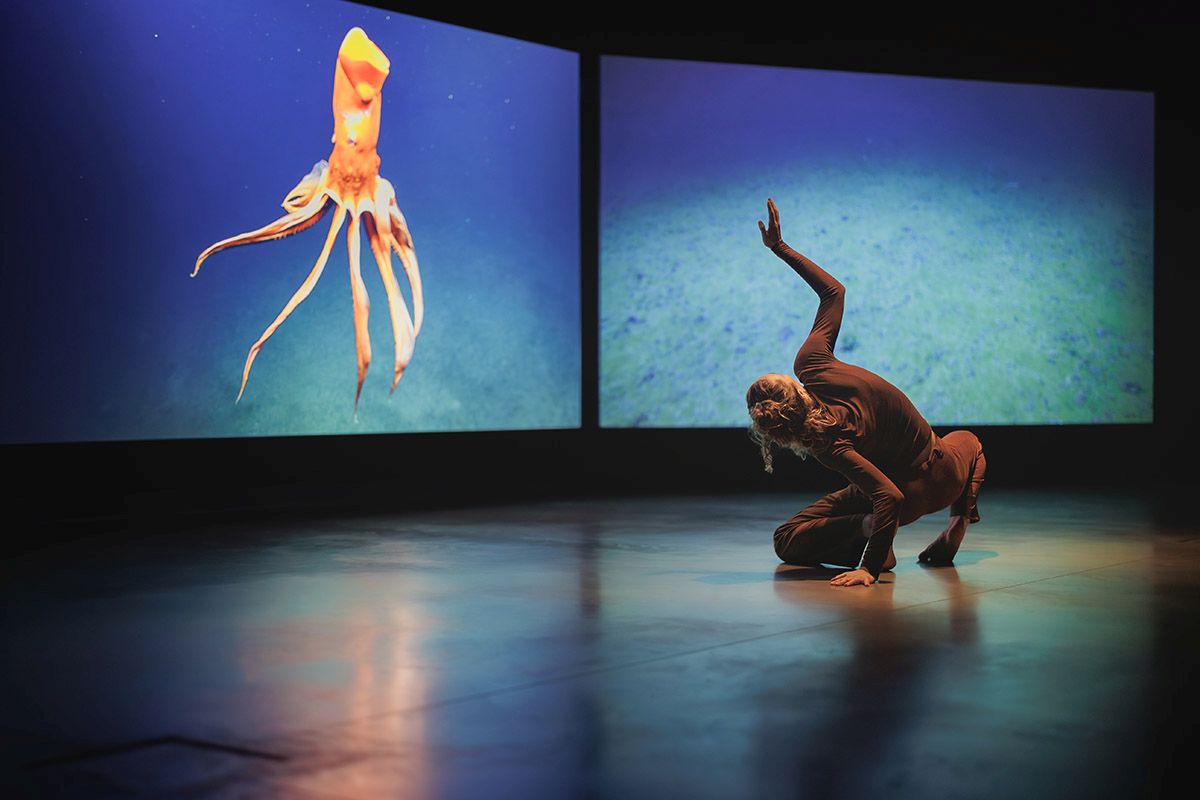It is dark down here; a place where we are dwarfed in scale across time and space. To some, this darkness houses deep fears as almost everything here evokes the unknown. Yet within this darkness rest ancestral paths that outline voyage routes once traversed by ancestors in the Pacific.
This darkness also connects us to the air we breathe and with the food we eat.
This darkness is life.
It is more than a place to be owned, conquered, or mined – it is more than economic opportunities immersed in liquid. Addressing the UN General Assembly in 1967, the Ambassador of Malta, Arvid Pardo, said the deep ocean is “the womb of life”. Hinano Teavai-Murphy, President of the Association Te Pu Atitia and Cultural Director of Tetiaroa Society, describes it as “our home, our spiritual place, the womb of our Mother Earth”.
Since their discovery in the 1970s, deep ocean hot springs or hydrothermal vents have been hypothesised to be the sites where life began on planet Earth. The most likely spaces are those where the fluids are more alkaline, the temperatures warm but not too extreme, where the combination of chemicals, energy and minerals is just right for self-replication of organic compounds.
In the Cook Islands, the deep ocean is known as a place where atua (‘gods’) reside – those who have sustained us since the beginning of time. The seabed is Vari-me-te-takere (‘The mud-and-the-bottom’). She is known as ‘The very beginning’. From her, the first atua, the divine offspring, came to be and it was from these atua that all human people descended.
This concept of the living seabed is echoed by Solomon Pili Kaho‘ohalahala, seventh generation Indigenous native Hawaiian descendant:
Everything is animate
The nodules are creation itself
Everything is important in its own way.
It is a crucial moment in time for the deep ocean. We are approaching the day when the first ever exploitation contracts may be given out for deep sea mining. Once this Pandora’s box to a new extractive industry has been opened, it will be very hard to close.
We are deeply concerned about the insistence by some of the need to pursue seabed mining despite knowledge of its harmful impacts. The deep ocean is part of us, and its inhabitants, our ohana (‘family’). Any harm done to the ocean is harmful to us, and the current methods envisaged for deep sea mining are known to be destructive.
There is still so much to learn about the deep ocean. Every time we explore, we discover new species and observe processes in more detail, with new insights.
Pursuant to the United Nations Law of the Sea Treaty (UNCLOS), the ocean floor beyond the limits of national jurisdiction and the resources therein are the common heritage of (hu)mankind, meaning that the area and its mineral resources belong to humankind as a whole. Yet international law currently considers these minerals, such as polymetallic nodules, as non-living, inanimate and property capable of being alienated.
What we know today is that these minerals are elements of the deep ocean formed over millions of years by mineral components of sea water precipitating around a nucleus such as shark tooth or clam shell, including metal oxides derived naturally from water. The sediments and associated nodule communities are a deep historical record of aesthetic, material and cultural processes where all living things are inseparable.
In the 1960s Elizabeth Mann-Borgese, maritime law and policy expert, spoke about the divisions of the ocean being outdated narratives, but such points of view have not been prioritised by decision makers. International law and its tools of governance like UNCLOS still have a long way to go to make a paradigm shift from the narratives of ownership and property towards recognising the ocean as one living ecosystem.
In order to protect the ocean and more specifically to avoid the degree of assault deep sea mining would inflict, we feel it is important to evolve the legal frameworks in which these activities are permitted. These frameworks fail to truly understand the relationship between ourselves as humans and all things.
One pathway is to recognise the ocean as having legal personhood, creating formal structures for ocean guardianship and securing a more powerful voice for the ocean in all decision-making processes affecting ocean health. But in the same breath, we also recognise that in turning to legal rights, we are still reliant on a conquering colonial framework that operates within a system of division and segregation.
For now, it may be necessary to use these existing laws and legal interventions as a temporary step to restore balance in the human–Nature interface. Our aim is eventually to get to the place where we believe we need to be – where Indigenous cultures already are – that of direct engagement with ancient knowledges, practices and traditions that have long-standing relations with Nature. We hope this document helps shed light and more broadly contributes to the debate within the wider Rights of Nature movement.
Indigenous communities across Polynesia have always lived in harmony with Moana (‘ocean’). The cultures represented in this group have been living this approach for millennia. Solomon Pili Kaho‘ohalahala asserts, “Personhood describes what already exists in Indigenous living cultures,” and Alanna Matamaru Smith, Director of Te Ipukarea Society from the Cook Islands, echoes, “This practice is not new; it runs through our blood. We know and we are born into understanding this concept.”
Yet this concept is not only a Pacific one. There is resonance with other cultures around the world, such as the concept of Interbeing within the Zen Buddhist tradition: the idea that everything depends for its existence on everything else.
In this text, we are drawing upon knowledge and understandings from these multiple Indigenous Pacific perspectives as a baseline, focusing on Polynesia specifically, as their trad-itions and notion of the ocean as kin are threatened by the imminence of deep-sea mining. It is important to acknow-ledge, however, that although these perspectives may be similar and related, they have different approaches and experiences.
We need to take a step back and create space to rethink our relationship with Nature. In the words of Solomon Pili Kaho‘ohalahala, “To what extent could the Earth restore herself? We have intervened for too long. Maybe a harmonious future lies not in recalculating interventions, but rather reconceptualising our roles in this whole Earth system and how we reciprocate such a relationship.”
The letter was commissioned by Science Gallery London in 2024 as part of Critchley’s Soundings project. The full text features in Critchley’s exhibition at Tate St Ives, on display until 5 October 2025.








